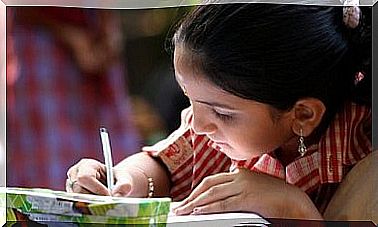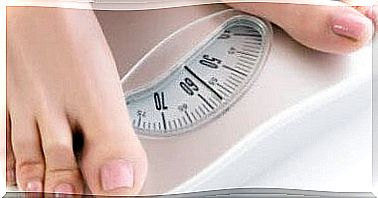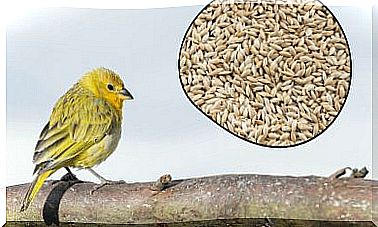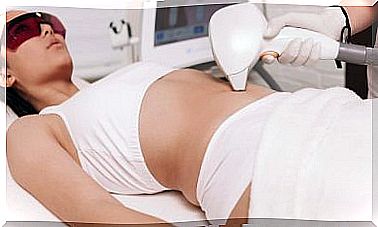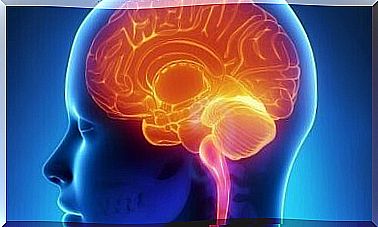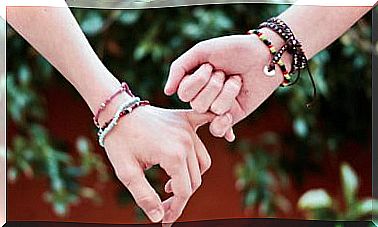Fifth Disease: What Does It Consist Of And How Is Its Treatment?
Fifth disease is a viral pathology from which most children recover quickly without complications. This infection is caused by parvovirus B19, unique to humans and very different from cats and dogs. The incidence is much higher in patients under 18 years of age.
This disease is characterized by the appearance of a striking red rash on the child’s face. It looks as if it has been assaulted and is therefore also known as the ‘slap disease’. If you want to know everything about her, keep reading.
What is fifth disease?
Fifth disease begins like other viral infections, so it is difficult to distinguish it from other clinical entities in the first instance. It is known as “fifth disease” because it was number 5 to be listed when talking about childhood pathologies that manifest themselves in the form of a rash.
The causative etiological agent (parvovirus B19) is classified within the group of erythroviruses. This means that it replicates only within the precursor cells of red blood cells, as indicated by the Empendium portal . It is a naked DNA virus with an icosahedral capsid and considerable environmental resistance.
What are your causes?
The causes of the disease can be summarized in a single event: the entry of drops ejected by someone sick into the respiratory tract of a healthy person.As the Healthy Children website indicates , the first symptoms appear 4-14 days after exposure to the virus, although most people show no signs.
In young children the rash on the cheeks appears 4-21 days after exposure. It should be noted that the infant has a very high potential for contagion to healthy people before the visible appearance of the lesions.
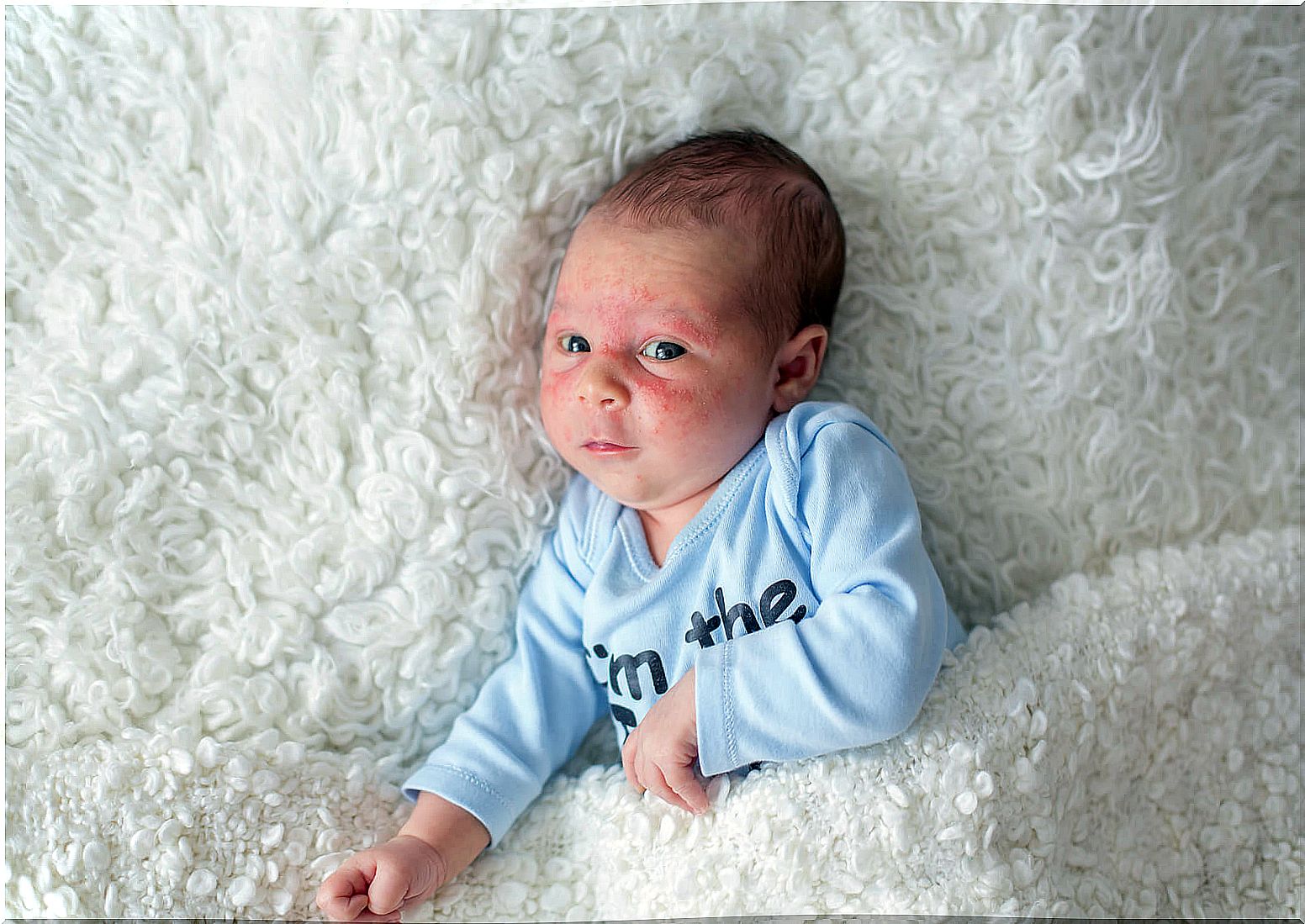
Symptoms of fifth disease
As indicated by the Kids Health portal , the first clinical signs are nonspecific in young children. This results in a low fever, headache, and mild catarrhal symptoms, such as a runny or stuffy nose. These disappear, but it is later when the following develop:
- A deep red rash that usually begins on the face, especially the cheeks.
- After this, red spots appear – of a lighter color – on the trunk, arms and legs. After a few days the patient may feel itchy.
- In adults fifth disease manifests itself with marked pain in the joints. Those that are most affected are those of the hands, wrists, knees and ankles. This discomfort can last for days or weeks.
The appearance of symptomatic rashes is only considered in children under 10 years of age, with few exceptions. It is not at all common for adults to present this clinical sign.
Diagnosis and treatment
The Mayo Clinic provides very interesting data: approximately half of the world’s adult population is immune to parvovirus B19, due to an infection during childhood. It is estimated that 75% of people over 18 years of age are seropositive for the pathogen.
This means that, in many cases, the infection proceeds without the need for any type of diagnosis and treatment. When parents go to the pediatrician concerned with their children, the pediatrician is usually able to diagnose the disease just by looking at the facial rash. If there are doubts, a blood test is performed.
As we are facing a viral disease, there is no special drug that kills the pathogen. Only the patient’s immune system can do it. Thus, in the vast majority of cases the infection is self-healing and not serious at all.
Fifth disease in different groups
As we have said, the symptoms presented are highly dependent on age and individual condition. Therefore, we dedicate a few lines to exploring how fifth disease affects particular groups.
Fifth disease in adults
In immunocompetent adults – capable of producing a normal immune response – 25% are asymptomatic, as indicated by the Spanish Association of Pediatrics and Primary Care. On the other hand, 50% of them present nonspecific signs, such as fever, headache and decay.
However, as an exception to the rule, people with anemia and immunodeficiencies can present serious complications. In these cases, immediate medical attention is required in the form of blood transfusions or injection of antibodies.

Fifth disease in pregnant women
Infection during pregnancy can alter the red blood cell count of the fetus. In a few cases (10% of infections) this can lead to severe anemia in the infant leading to miscarriage. This is more common when the infection occurs during the first trimester of pregnancy.
What happens in babies?
In principle, babies also have no problems overcoming the disease. Possible complications are only considered in those with anemia or congenital autoimmune diseases. As we have already said, hospital interventions and admission and monitoring may be necessary.
Worry about fifth disease if there are immunity problems
Fifth disease has a very positive prognosis, unless the patient has anemia or immunodeficiencies. In most cases, once the rash begins to subside in the infant, parents can rest easy. Also, there is no vaccine against parvovirus B19.
If you have an immune disease or are anemic and feel symptoms of fifth disease, go to the doctor quickly. Blood transfusions or injection of antibodies may be necessary in order to prevent your condition from getting out of control.
